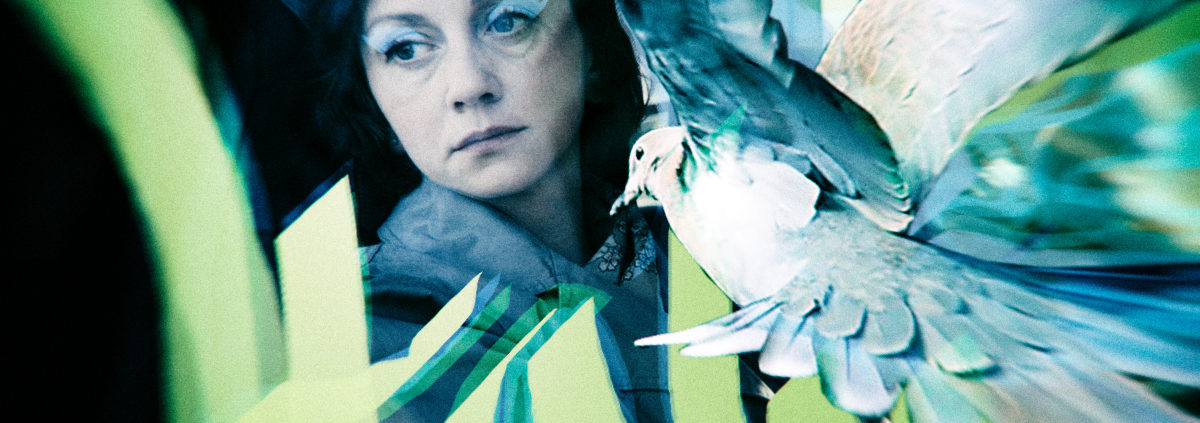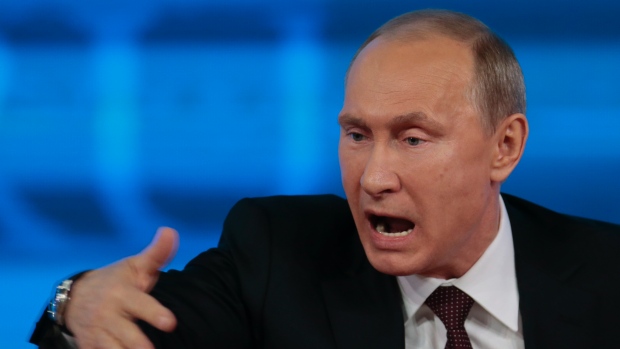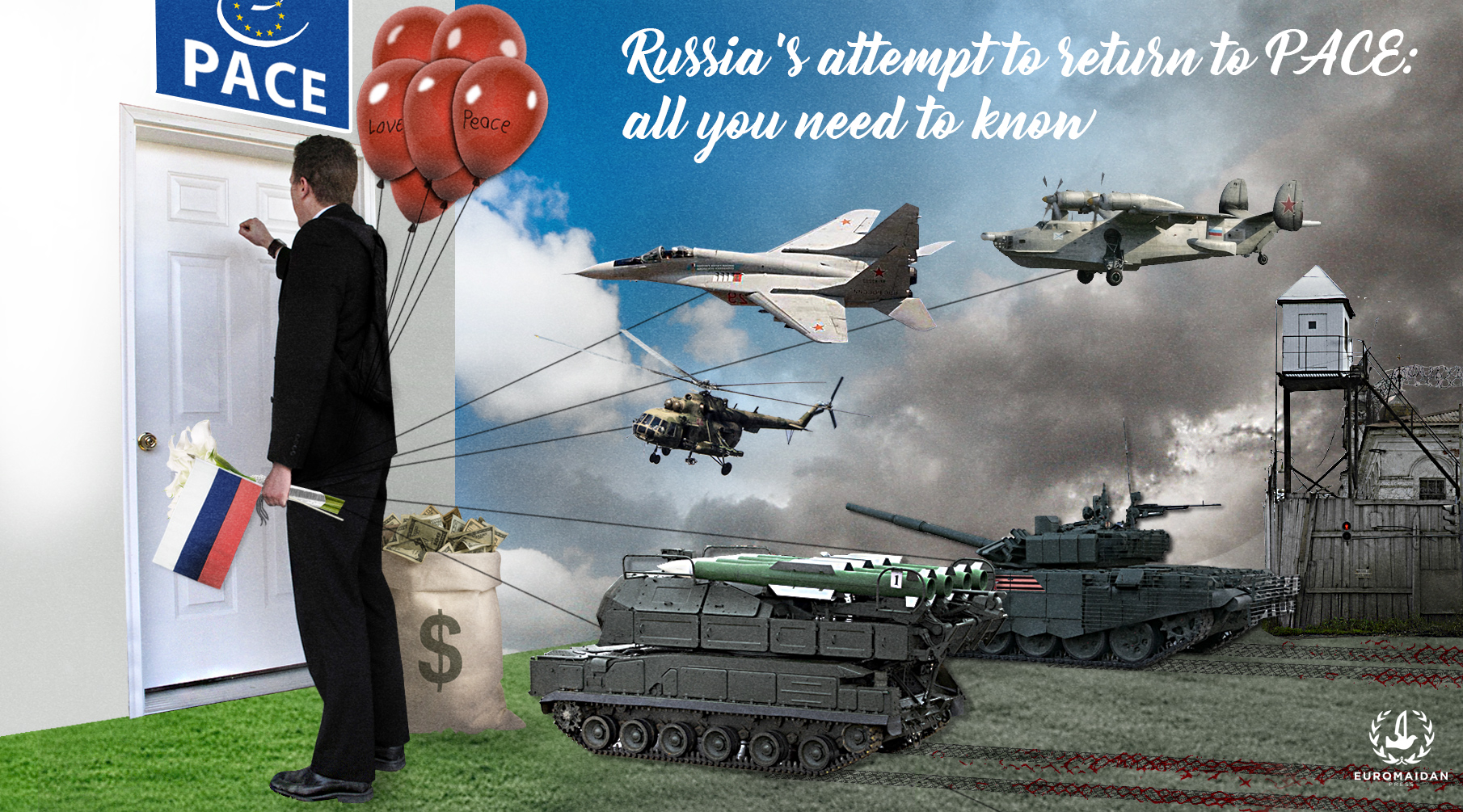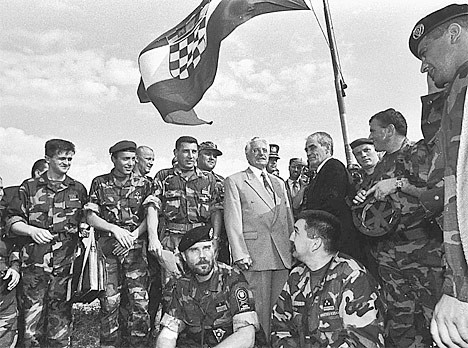On Ukraine's 26th independence day, we would like to offer you an essay by historian and journalist Yaroslav Hrytsak, author of the book "25% percent or how to beat history." In it, Mr. Hrytsak analyzes the path Ukraine has gone since its independence and the road that is still ahead.

Independent Ukraine emerged as an alliance of three unlikely communities - the national (or nationalist) western Ukraine, refurbished communists in central Ukraine, and the said Donetsk protesters. The first imagined independent Ukraine painted in the colors of the blue and yellow flag, the second - as a chance to preserve their power, and the third - as a generous and cheap consumer basket. The hopes of the latter were not groundless: as predicted in 1990 by Deutsche Bank, in the event of the collapse of the USSR, the Ukrainian SSR had the highest chances for rapid economic development out of all the Soviet republics. But two of the three hopes did not come true. Independent Ukraine was neither national nor successful. On the contrary: the first years of independence had turned into an economic catastrophe. Few remember, but in 1994 a special issue of The Economist magazine devoted to Ukraine came out, with the eloquent title of "Ukraine: The birth and possible death of a country." In the 1990s, the West still came to Ukraine, disguised as second-hand. A new culture born in the post-Soviet space become a culture of the new Russians or - in our performance - the new Ukrainians: magenta jackets, golden chains and ostrich leather shoes. It is easy for a historian to recognize this kind of culture - a culture of glamour, a rich fashion for those who were poor yesterday.If there were survival contests in the world, Ukrainians would win first place.
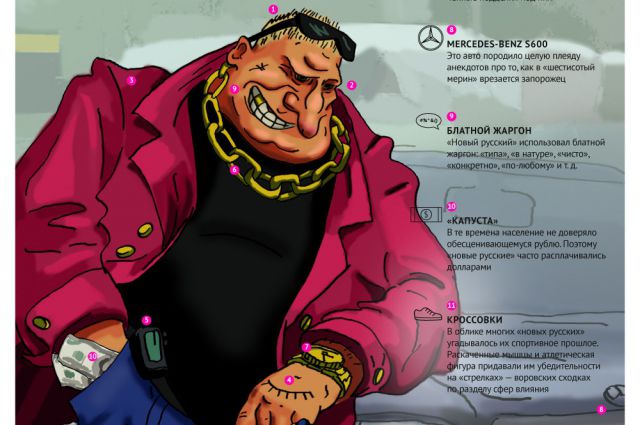

Unlike the neighboring countries, the economic collapse of the 1990s did not lead us to authoritarianism. With the exception of the Baltic States, Ukraine is the only one which passed the democracy exam. And what is especially important, Ukrainians passed it on an empty hungry stomach.

And beyond the islands that create the middle and oligarchic class, there remains the great sea of impoverished second-hand Ukraine. It wants to live in Europe, but misses the Soviet times, bites into the ground or goes abroad for work - and shows miracles of survival. If there were survival contests in the world, Ukrainians would win first place.
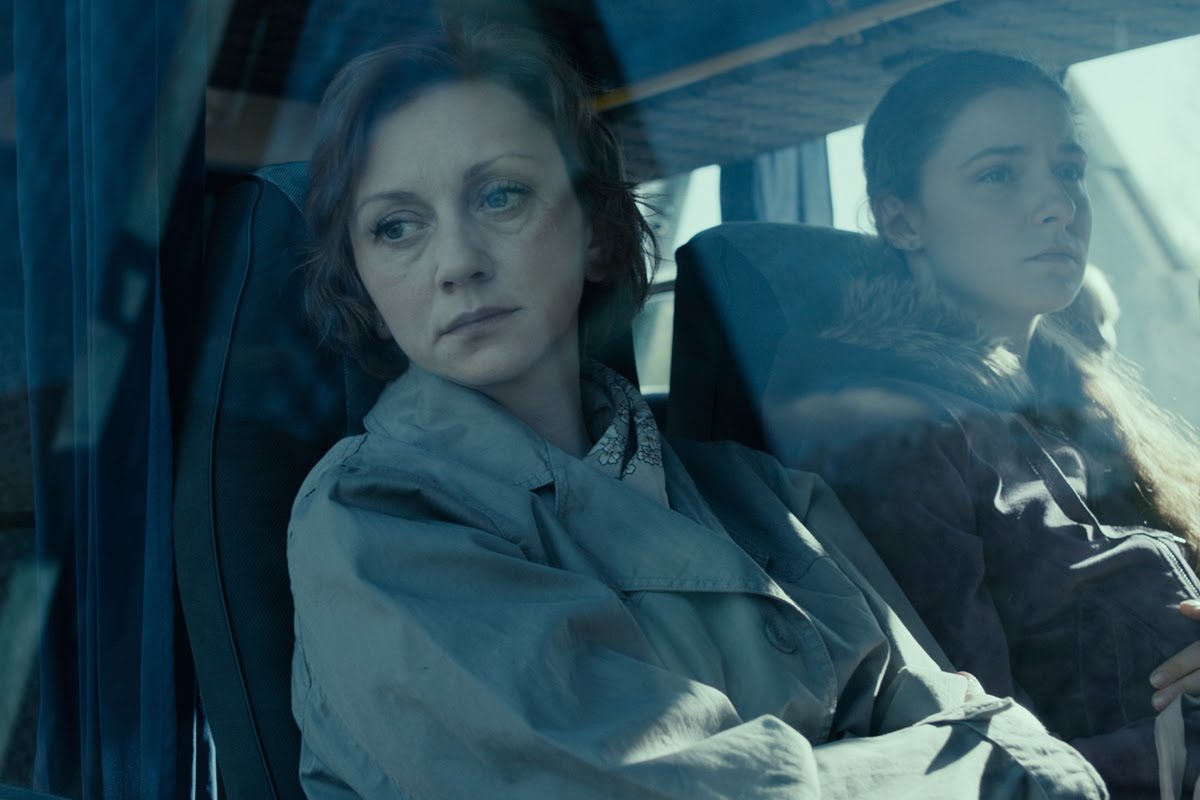
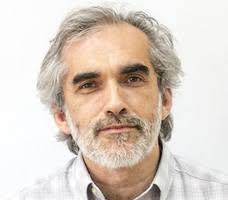
Yaroslav Hytsak is a Ukrainian researcher, historian, and journalist. He is a professor at the Ukrainian Catholic University and Director of the Institute of Historical Research of the Ivan Franko Lviv National University.

